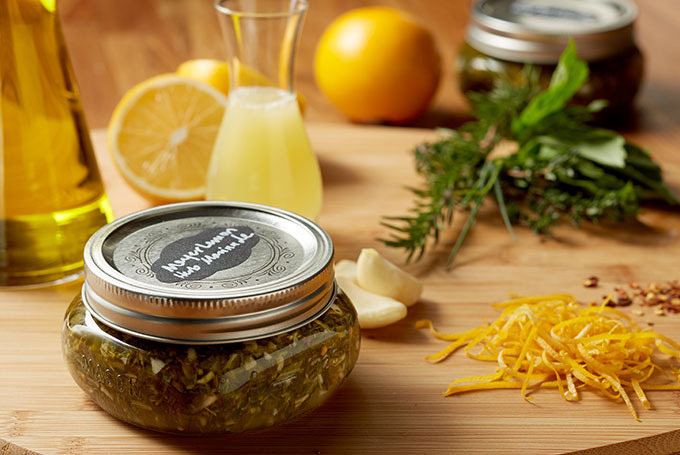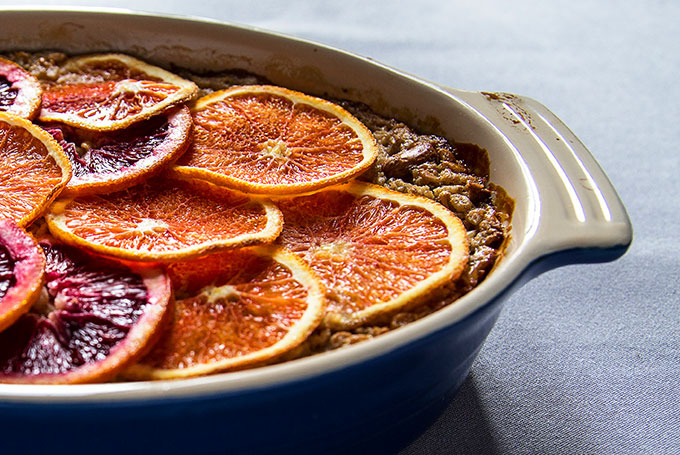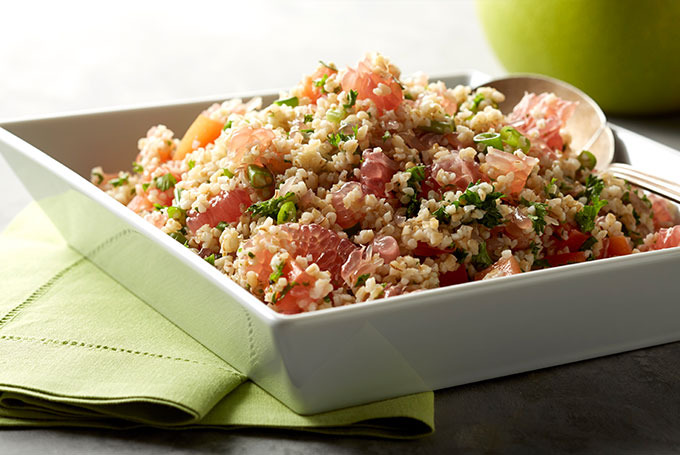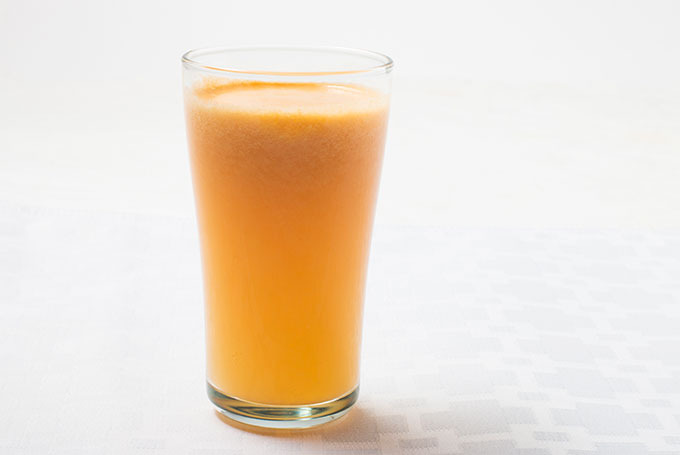Different Types Of Winter Citrus
There’s a lot more to citrus than just lemons and limes
When it comes to citrus, everyone knows the big four: lemon, lime, orange and grapefruit. But the citrus world is vast, and there are more varieties to explore. Ever cooked with Meyer lemons? Cara Cara navel oranges? Mandarins? Moro oranges (also called blood oranges)? Minneola tangelos? Pummelos? These specialty citrus varieties are bursting with flavor and are available only at peak citrus season. In other words: now.
Many of these more unusual citrus varieties are sweet enough to eat on their own. But should you find yourself with a hankering to be creative, here are some great recipes from Sunkist.
Meyer Lemons
Meyer lemons, believed to be a cross between a standard lemon and a mandarin, are a touch sweeter than the lemons you know and love. Their subtle sweetness makes them great to use in marinades suitable for meats and fish, like this herbal one (see recipe).
Tangerines
Tangerines have a great, sweet flavor, but their real draw is their vibrant orange color. Use them in recipes that showcase their gorgeous cross sections, like this lovely, warming baked oatmeal (see the recipe).
Blood Oranges
Blood oranges offer a distinct, rich orange taste with a hint of raspberry, making them a fantastic ingredient in desserts. This blood orange tart (see the recipe) has a chocolate crust, a decadent blood orange filling and a crème fraîche topping.
Pummelos
The pummelo is the world's largest citrus—in fact, its scientific name is Citrus maxima—and it tastes like grapefruit, only sweeter. Remove its thick peel and use its segments in dishes like this tabbouleh (see the recipe), which is also flecked with parsley and green onions.
Mandarins
Mandarins are popular for a reason: They're sweet, juicy, often seedless and easy to peel. Snack on these on their own through mid–March or use them in a salad. This one pairs the sweetness of mandarins with the bitterness of radicchio and arugula (see the recipe).
Tangelos
Tangelos are a cross between a grapefruit and a tangerine, which makes for an extremely juicy, tangy fruit. The bold flavor translates well to fresh juice, either on its own or as part of a blend, like this refreshing tangelo, pear and ginger drink (see the recipe).
Cara Cara Navel Oranges
These blushing beauties are sweeter than conventional navel oranges and have a natural pink hue. They are great snacks through May and work well when paired with another specialty citrus. These buckwheat crepes (see the recipe), for example, are topped with a compote of Cara Cara navel oranges, mandarins and blood oranges.







